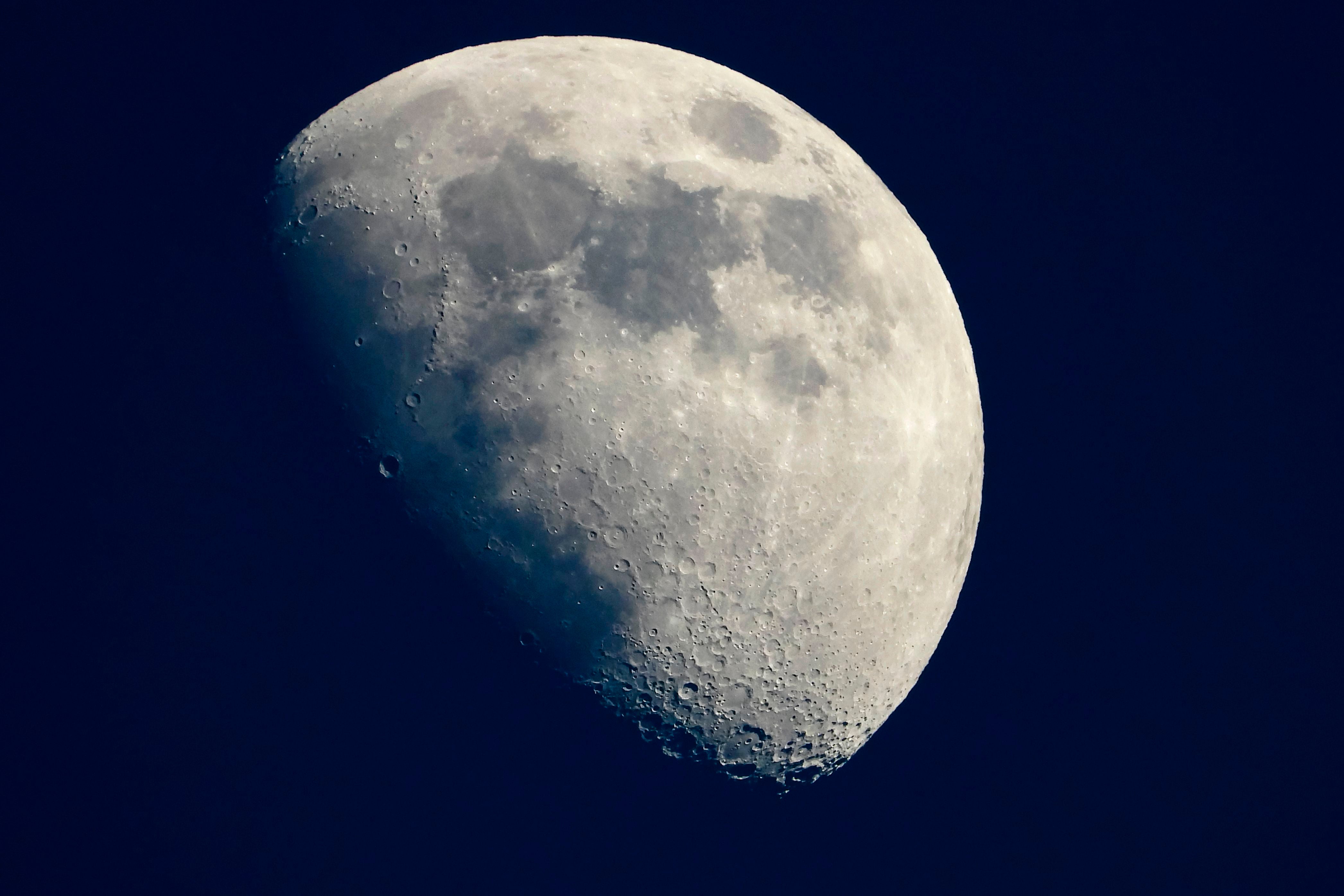The moon's 'long-lost twin' may have been found
The asteroid could have been dislodged from the Moon before being trapped in Mars gravitational field

Your support helps us to tell the story
From reproductive rights to climate change to Big Tech, The Independent is on the ground when the story is developing. Whether it's investigating the financials of Elon Musk's pro-Trump PAC or producing our latest documentary, 'The A Word', which shines a light on the American women fighting for reproductive rights, we know how important it is to parse out the facts from the messaging.
At such a critical moment in US history, we need reporters on the ground. Your donation allows us to keep sending journalists to speak to both sides of the story.
The Independent is trusted by Americans across the entire political spectrum. And unlike many other quality news outlets, we choose not to lock Americans out of our reporting and analysis with paywalls. We believe quality journalism should be available to everyone, paid for by those who can afford it.
Your support makes all the difference.Astronomers have discovered an asteroid trailing behind Mars that they are describing as the Moon’s “long-lost twin”.
Scientists from the Armagh Observatory and Planetarium in Northern Ireland have found that the asteroid has very similar composition to that of the Moon.
Space debris which follow planets in their orbits are known as ‘trojans’. They become trapped within the gravitational pull of the planets, up to 60 degrees in front and behind them.
It is vastly easier to find trojans of other planets than our own because any trojans that are following Earth’s orbits are so close to the Sun, which makes them harder to spot using telescopes.
The trojan that is following the Red Planet is asteroid (101429) 1998 VF31. In order to detect its composition, scientists use a spectrograph – an instrument that measures wavelengths in light – to see how the surface of the asteroid reflects colours.
It is this same process that was recently used by scientists to gather information about the $10 quintillion ($10,000,000,000,000,000,000) asteroid that is floating between Mars and Jupiter.
The scientists compared the reflections of the light spectrum with those of other bodies in the solar system, and although they found the spectrum did not match particularly well with other mereorites or asteroids, it did with Earth’s Moon.
Many of the spectra we have for asteroids are not very different from the Moon but when you look closely there are important differences, for example the shape and depth of broad spectral absorptions at wavelengths of 1 and 2 microns,” explains Dr Galin Borisov, a Postdoctoral research assistant at Armagh Observatory and Planetarium.
“However, the spectrum of this particular asteroid seems to be almost a dead-ringer for parts of the Moon where there is exposed bedrock such as crater interiors and mountains”.
It is speculated that the asteroid acquired these characteristics through exposure to solar radiation, which is known as ‘space weathering’. However, it is possible that it was dislodged from the Moon itself.
“The early solar system was very different from the place we see today. The space between the newly-formed planets was full of debris and collisions were commonplace. Large asteroids – we call these planetesimals – were constantly hitting the Moon and the other planets.” Said Dr Apostolos Christou, an astronomer who published a paper on the asteroid.
A shard from such a collision could have reached the orbit of Mars when the planet was still forming and was trapped in its Trojan clouds.”
While that is a possible scenario, it could be that the asteroid came from Mars itself. From the shape of the light spectrum, scientists can infer that the asteroid is rich in pyroxene, which is found in the outer layer of planet-sized bodies.
“Mars, like the Moon and the Earth, was pummelled by impacts early in its history, one of these was responsible for the gigantic Borealis basin, a crater as wide as the planet itself”, Dr Christou says, and it could be that impact that dislodged the trojan.
Such an origin has already been hypothesised in 2017 for another cluster of trojans called the Eureka family; however, in contrast to the pyroxene composition of this asteroid, that the Eureka family is mostly comprised of olivine which is found in a planet’s mantle rather than its crust.
Recently, new a breakthrough new technique called “atom probe tomography” was used to find more about the Moon’s surface, studying parts of lunar rock atom by atom.
It would allow researchers to find entirely new breakthroughs in pieces of lunar rock that are nearly 50 years old, and is so niche that many geologists have not heard of it, according to a researcher at the University of Chicago.



Join our commenting forum
Join thought-provoking conversations, follow other Independent readers and see their replies
Comments